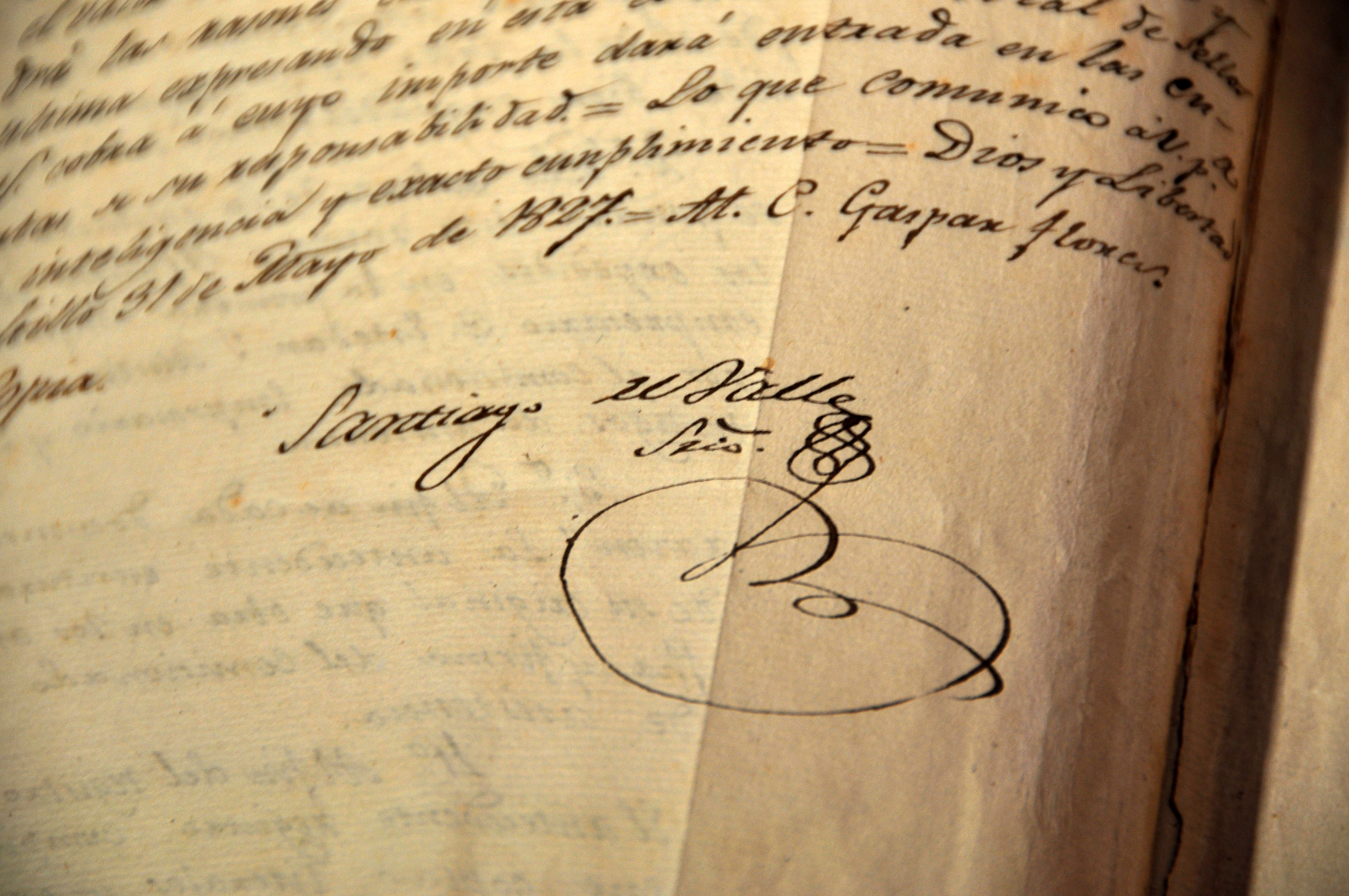County/Region:
Nueces
Project Partner/Recipient:
City of Corpus Christi
Summary:
The project provided beach nourishment along Corpus Christi North Beach.
County/Region:
Nueces
Project Partner/Recipient:
Texas General Land Office
Summary:
This project included shoreline stabilization construction on 4.5 miles of bay shoreline on Harbor Island and Mustang Island in Nueces County.
County/Region:
Nueces
Project Partner/Recipient:
City of Port Aransas
Summary:
This project extended shoreline protection projects along the Corpus Christi Ship Channel, including the Charlie’s Pasture property and Harbor Island by constructing 1,000 feet of bulkhead and geotextile shore protection, completed summer 2005.
County/Region:
Nueces
Project Partner/Recipient:
Texas General Land Office
Summary:
County/Region:
Coastwide
Project Partner/Recipient:
General Land Office
Summary:
County/Region:
Coastwide
Project Partner/Recipient:
National Audubon Society
Summary:
Texas Audubon Society provided large scale information gathering and a coast-wide assessment of coastal issues in relation to an existing regional coastal plan previously funded by the Coastal Management Program.
County/Region:
Aransas
Project Partner/Recipient:
Aransas County Navigation District
Summary:
Aransas County Navigation District worked on-site with each tenant to assess and improve drainage and stormwater best management practices (BMPs) and conducted training sessions relating to BMPs at the lease sites.
County/Region:
Aransas
Project Partner/Recipient:
Aransas County Navigation District
Summary:
Aransas County Navigation District surveyed, evaluated, and assessed alternatives for future implementation of drainage systems improvements and stormwater best management practices.
County/Region:
Aransas
Project Partner/Recipient:
Aransas County Navigation District
Summary:
Aransas County Navigation District removed the remaining 204 linear feet of failing bulkhead in Cove Harbor (south of the City of Rockport), installed sheet pile, backfilled voids, and graded the site.
County/Region:
Aransas
Project Partner/Recipient:
Aransas County Navigation District
Summary:
Aransas County Navigation District cleaned up the surface space of Cove Harbor South and returned the underutilized section to optimum port usage.
County/Region:
Aransas
Project Partner/Recipient:
Aransas County Navigation District
Summary:
Aransas County Navigation District constructed a 500-ft. boardwalk with three 10 ft. by 10 ft viewing platforms and installed educational signage and recycling bins for public access to this coastal tidal flat wetland.
County/Region:
Aransas
Project Partner/Recipient:
Texas General Land Office
Summary:
This project stabilized approximately 360 feet of shoreline at a heavily used bay access point and parking area by extending the concrete bulkhead.
County/Region:
Brazoria
Project Partner/Recipient:
Brazoria County
Summary:
This project permitted and restored approximately five miles of a dune system along the seaward edge of a nine-mile stretch of CR 257 to replace dunes decimated by Hurricane Ike.
County/Region:
Brazoria
Project Partner/Recipient:
Brazoria County
Summary:
This project conducted shoreline protection and road reconstruction to repair the CR 257 roadbed along Follet’s Island to pre-Hurricane Ike condition and constructed 8.5 miles of buried revetments along the exposed edges of the road.
County/Region:
Brazoria, Galveston
Project Partner/Recipient:
Brazoria County
Summary:
This project conducted shoreline protection and road reconstruction to repair the CR 257 roadbed along Follet’s Island to pre-Hurricane Ike condition and constructed 8.5 miles of buried revetments along the exposed edges of the road.
County/Region:
Nueces
Project Partner/Recipient:
University of Texas at Austin
Summary:
The University of Texas developed plans for the construction of a wetland education center focusing on a recreated wetland on UTMSI land that is old dredge spoil.
County/Region:
Upper Coast
Project Partner/Recipient:
Texas A&M University at Galveston
Summary:
Texas A&M University at Galveston developed a circulation and sediment transport model that will assess a planned creek restoration design, and be of general use in all the beneficial use marshes under development.
County/Region:
Coastwide
Project Partner/Recipient:
Texas General Land Office
Summary:
This project reviewed and updated shoreline change data and identified critically eroding areas and trends.
County/Region:
Coastwide
Project Partner/Recipient:
AECOM
Summary:
The CEA-IT will deliver a data-driven method to determine areas that are critically eroding due to various factors The tool will be instrumental in identifying these key areas within the Coastal Management Zone.
County/Region:
Coastwide
Project Partner/Recipient:
AECOM
Summary:
This is Phase II of the CEA-IT project which will deliver a data-driven method to determine areas that are critically eroding due to various factors The tool will be instrumental in identifying these key areas within the Coastal Management Zone.








